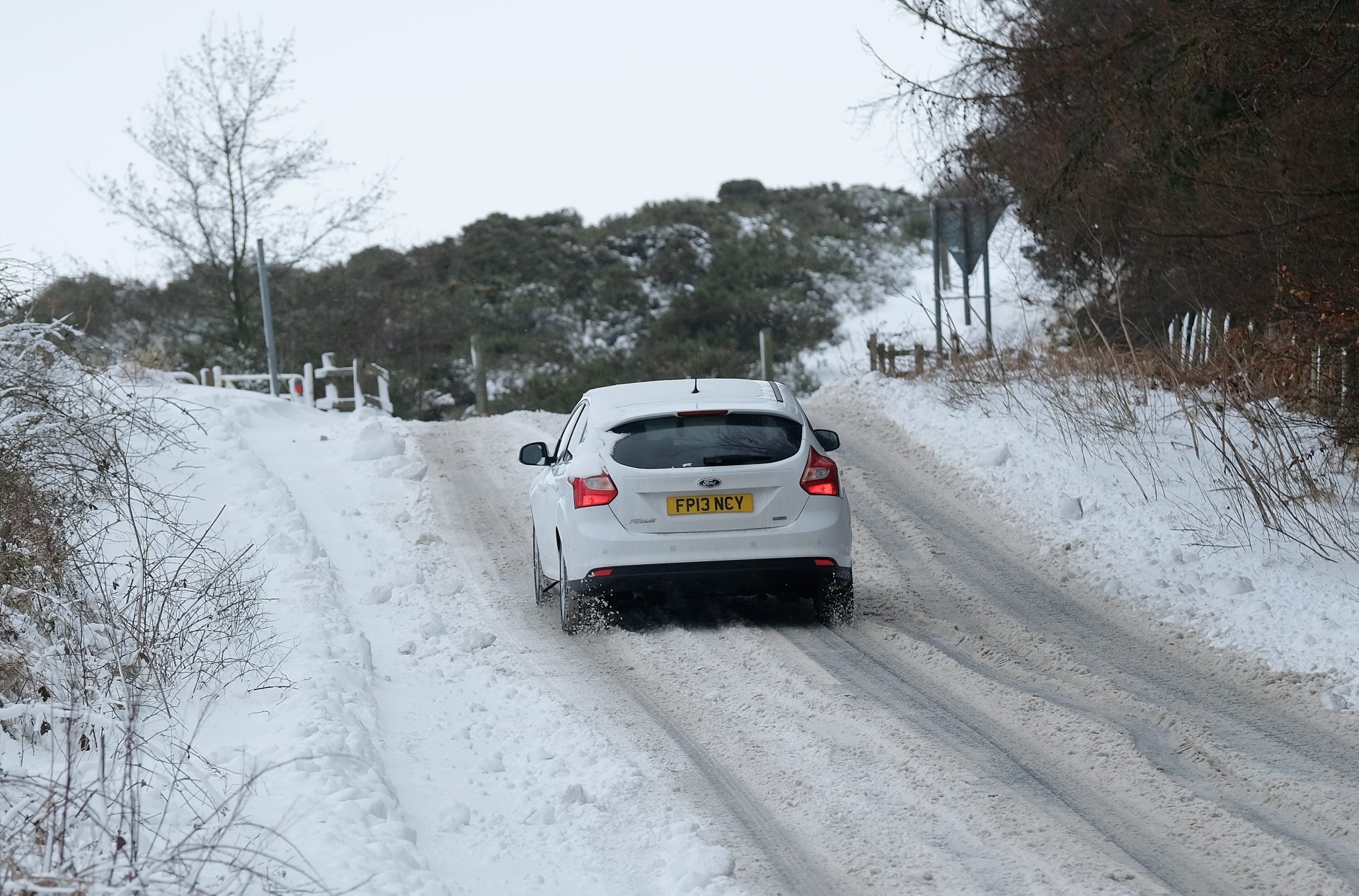

We may earn revenue from the products available on this page and participate in affiliate programs. Learn more ›
It’s a pretty common question when it comes to choosing tires. “Do I really need winter tires, or will these all-seasons get by just fine?” In places with extreme snowy conditions, the answer is obvious: Install winter tires. In calmer climates, where it may snow for only a few days a year, there are now some all-season options that won’t leave a driver stranded if the snow starts to come down. Most all-season tires are marked with “M + S,” standing for mud and snow, but those tires aren’t actually held to any kind of standard when it comes to winter traction. Recently, tire manufacturers have been branding their all-seasons with a snowflake symbol that signifies that the tire meets the government’s minimum standard of snow performance.
Tire Rack conducted winter testing in Sweden to see how the current generation of all-season tires stacks up in winter weather. The tires tested were the Goodyear Assurance WeatherReady, Michelin CrossClimate+, Pirelli Cinturato P7 All Season Plus, and Vredestein Quatrac 5. All of these tires were mounted on a 2017 BMW 430i.

This chart showcases the average distances it took to stop the car on snow, from 25 miles per hour. The Goodyears, with a stopping distance of 56.7 feet, performed significantly better than either the Michelin or Vredestein tires. The Pirelli stopping distance was closest to that of the Goodyears, despite the fact that the Cinturatos aren’t marked with the snowflake symbol.

Next was a stop on ice from 12 miles per hour. In this test, the Goodyear WeatherReady and Michelin CrossClimate+ tires both performed well. The Pirelli and Vredestein tires lagged behind, with the Quatrac 5s requiring almost 50 feet to come to a stop. Tire Rack also included the average stopping distance for non-studded winter tires on this chart. While the Michelin CrossClimate+ tires didn’t quite meet the performance of dedicated winter tires, it’s impressive how close they got, especially on a tire that drivers can use all year round.
With both tests taken into account, the Goodyear Assurance WeatherReady tires are best for stopping power in winter weather conditions out of the bunch. For drivers that only experience light snow, any of the four tires tested would make a solid choice, but conventional wisdom hasn’t changed. When faced with extreme weather, either get winter tires installed or just stay home.
